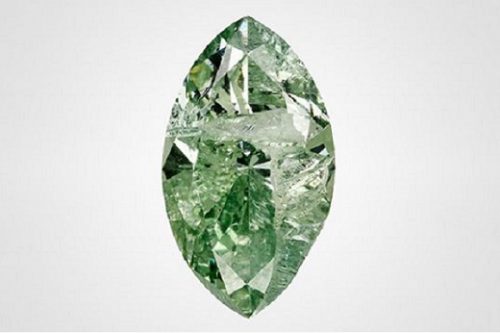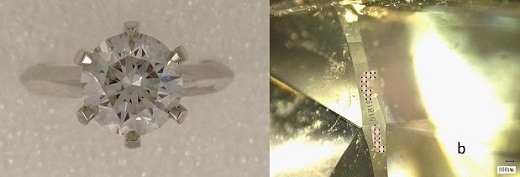Technology provider Everledger has teamed up with the Gemological Institute of America (GIA) to verify diamond grading reports on e-commerce site JD.com, China’s largest retailer.
Everledger will synchronize the GIA’s grading information to JD’s existing anti-counterfeiting platform, giving consumers independently verified grading reports, the three organizations said in a joint statement Tuesday. The program will also offer origin information, while identifying and reducing fraud, such as the use of the same GIA report for multiple stones.
Using blockchain technology, the service will give “unprecedented” transparency and enhance the digital-shopping experience amid a rise in online diamond buying, the groups said. “Digitally savvy” millennials account for a larger proportion of diamond sales in China than elsewhere in the world, they added.
“Given the growth in e-commerce, fraud is a very real risk in the diamond market, which is why it’s so important that consumers have access to secure and trustworthy information,” explained Chris Taylor, Everledger’s chief operating officer. “By bringing cutting-edge blockchain technology, online luxury shopping, and GIA’s gold-standard grading expertise together on JD.com, we’re empowering consumers to purchase luxury items with increased confidence.”
The information will be available through JD’s mobile and desktop websites, as well as on its app. The e-commerce giant will also offer livestreams and educational initiatives to teach customers about fraud associated with purchasing diamonds.
London-based Everledger entered greater China in 2018, when it collaborated with the GIA and Hong Kong-based jewelry retailer Chow Tai Fook to offer consumers secure grading reports using blockchain technology. The technology company also partnered with Alrosa to offer provenance information on diamonds through Chinese multipurpose app WeChat. Tencent, which owns WeChat, led Everledger’s Series A funding round last year.
JD, headquartered in Beijing, recorded revenues of $82.9 billion in 2019, putting it ahead of rival Alibaba, which brought in $72 billion in the fiscal year ending March 31, 2020.
Source: Diamonds.net



